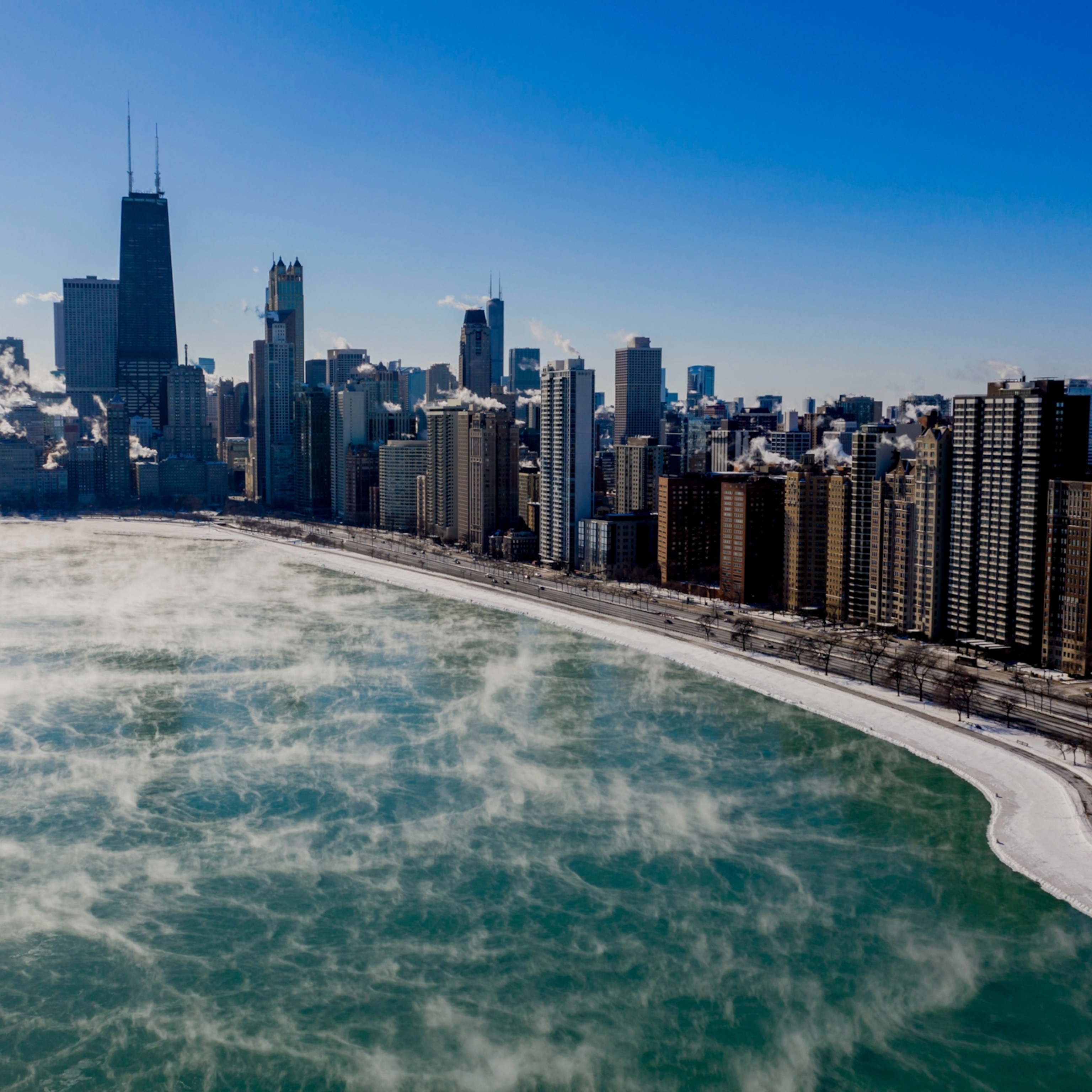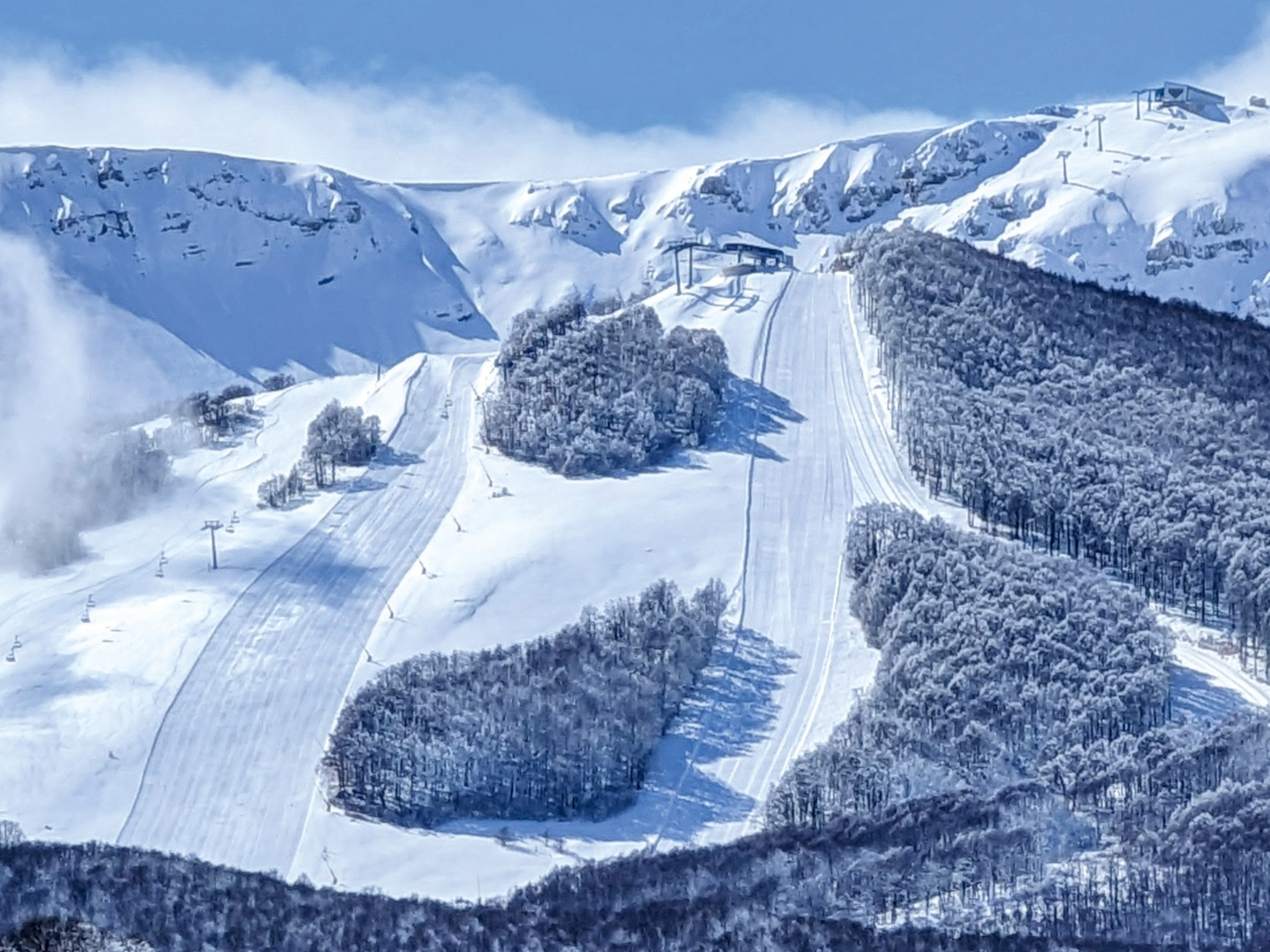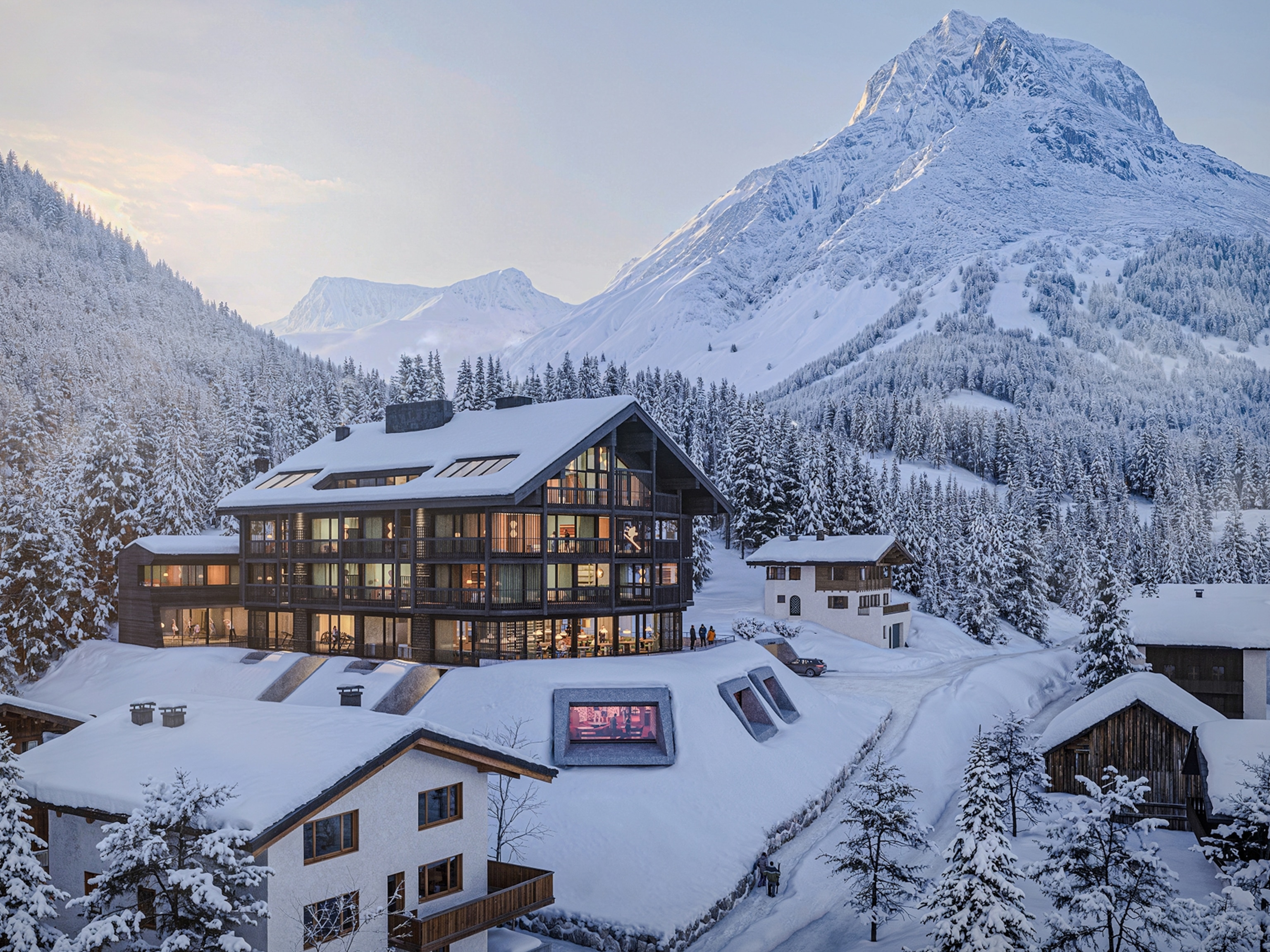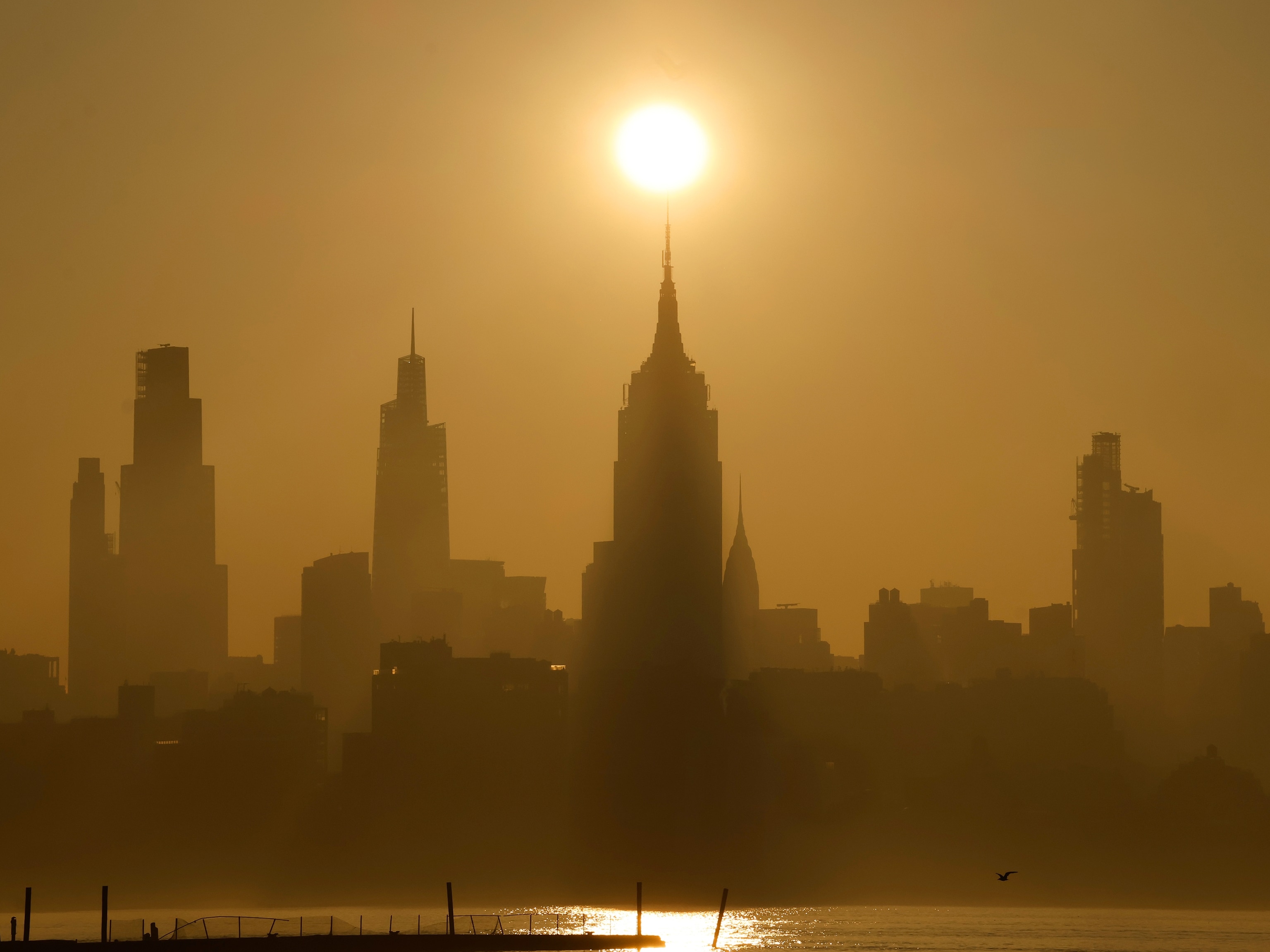
Snow in Texas and ice in Alabama? Unusual cold weather could become more common
A wavier jet stream brings cold Arctic air down south. That may be a counterintuitive result of climate change, some scientists say.
This week, temperatures are expected to hit historic lows across much of North America. Already, it has snowed in Texas and frozen in Tennessee, and hundreds of towns and cities are preparing for icy cold weather.
This week’s cold snap isn’t exactly unseasonal—after all, it’s autumn, heading toward winter, and it’s the time of year when much of North America sinks into chilly weather.
Some scientists think, though, that the frequency and intensity of these kinds of cold interludes may be changing as the planet warms, as counterintuitive as that might sound.
“This Arctic outbreak is connected to the behavior of the jet stream and the polar vortex,” says Judah Cohen, an atmospheric scientist at MIT. And those, in turn, are affected by a changing climate—mostly by intense warming in the high Arctic.
The topic is controversial in the atmospheric science community, but some think they see a connection between a warmer planet and cold blasts of weather like the one North America is experiencing right now.
Arctic blasts come from loopy jet streams
In North America, many of the weather patterns that sweep across the continent are controlled by the jet stream, the “river” of air that flows from west to east high above the fields, mountains, and cities below. From above, it looks like a meandering stream. Like a river on Earth’s surface, it wends and winds, bending around areas of high pressure and slipping toward the lows.
Sometimes, though, its bows and bends get more exaggerated than normal. When they do, cold air from the north rides down the jet stream like a skier down a hill, bringing icy temperatures far to the south. During January of 2019, one of these Arctic blasts crashed temperatures in the upper Midwest into the -60s Fahrenheit; similar cold events that covered vast swaths of the U.S. garnered attention in previous years.
The Northern Hemisphere’s jet stream exists because of basic physics. It’s hotter down near the equator than up near the North Pole. Air generally flows from cold places to warm, from high pressure to lower, like water rippling down a hill. A spinning Earth deflects the air as it flows southward from the high latitudes, so it ends up flowing from west toward the east in a ribbon-like pattern.
The waviness of the ribbon depends at least in part on how much hotter it is down south than it is at the pole. When the difference is large, the jet stream sticks to a fairly straight path. But when the difference is smaller—say, when the Arctic is really warm, and the “hill” down which the air is falling is less steep—the jet stream can go from sort of straight to really loopy.
Scientists are embroiled in an active debate right now about this loopiness. Some think the jet stream is wavier now than it has been in the past, and that its bends and bows will intensify as the planet warms further. That might mean that cold air could come sliding down from the north more often, a counterintuitive result of long-term global warming, explains Zach Zobel, a climate scientist at the Woods Hole Research Center.
Others, though, say that cold bouts haven’t gotten worse over the past few decades, and in fact, the long-term trend tilts toward warming. A recent study shows that, overall, the intensity of Northern Hemisphere cold events has weakened over the past 50 years. Compared to the long-term average warming trend since 1901, the coldest day of the year is up to 5 degrees Celsius warmer now. And the likelihood that any place in North America will feel a record cold is decreasing: The coldest day of the year is less cold than it used to be, and that number is increasing about five times faster than the average rate of global warming, the study says.
“Even if the jet stream does become a little wavier, that cold arctic air is less cold than it used to be,” says Russell Blackport, an atmospheric scientist at the University of Exeter. “So even with that same circulation anomaly, those cold events should be becoming less severe.”
What climate change will do to weather is less than clear
This week’s cold snap comes at the tail end of a historically hot year. July was the hottest month ever recorded on the planet, and Earth has now experienced 417 months—almost 35 years—in a row of above-average temperatures. All over, the planet is warming up fast.
Some parts of the planet are warming more quickly than others, though, and that is changing the weather. The Arctic, for example, is heating up two to three times faster than the rest of the planet. The evidence for that “Arctic amplification” is robust.
(Read about how the Arctic’s warming thaws its permafrost—and speeds up climate change).
But the question—what does that Arctic amplification do to the jet stream, and what does it mean for winter weather—is at the leading edge of atmospheric science research right now. It’s a hard question to answer because weather is so inherently flighty; it’s hard to pick out long-term patterns from a wildly variable system.
The overall message, though, is clear: the planet is heating up, and the weather patterns to which humans have become accustomed will continue to shift and change.








